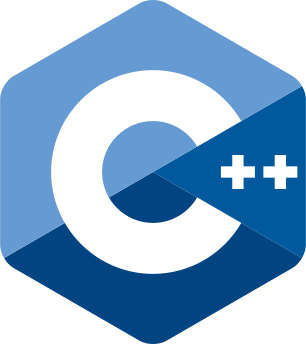C Snippets: X-Macros
c
code snippets
programming
A DRY, data driven technique using X macros in C.

Sometimes it is helpful to organise data in a form that can be drawn on in a flexible way so as to avoid unnecessary repetition.
#define TYPES(_) \
_(double, x) \
_(double, y) \
_(double, z) \
_(double, w)The example above is an example of a table representing a 4 dimensional coordinate system. We can then make use of this table by writing another macro as follows:
#define AS_STRUCT(type, identifier) \
type identifier;This will expand within TYPES using the elements of each row as the arguments to the AS_STRUCT macro. Now we can declare a structure as follows:
typedef struct coord_4D {
TYPES(AS_STRUCT)
} coord_4D;We can also generate a function that will print out the elements of this structure as follows.
#define PRINT_ELEMENTS(type, identifier) \
printf("type: %s, identifier: %s\n", #type, #identifier);
void print_elements(){
printf("Elements of the structure coord_4D\n");
TYPES(PRINT_ELEMENTS)
}On another note, strings can be automatically concatenated allowing us to define PRINT_ELEMENTS as:
#define PRINT_ELEMENTS(type, identifier) \
printf("type: " #type ", identifier: " #identifier "\n");Citation
BibTeX citation:
@online{andronikos2020,
author = {Andronikos, Christopher},
title = {C {Snippets:} {X-Macros}},
date = {2020-07-15},
url = {https://candronikos.com/posts/2015-02-24-c-snippets-x-macros/},
langid = {en}
}
For attribution, please cite this work as:
Andronikos, Christopher. 2020. “C Snippets: X-Macros.” July
15, 2020. https://candronikos.com/posts/2015-02-24-c-snippets-x-macros/.